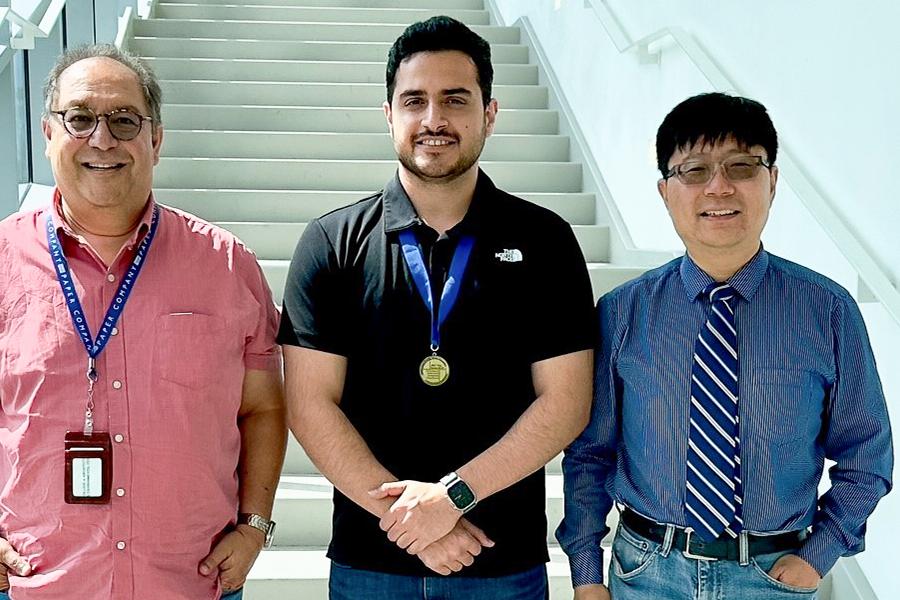Research

33 ����ɫ��ҹ Faculty Members Named Among Top 2% of Scientists Worldwide
����ɫ��ҹ's top-notch research and R1 status are showcased in a study.

Grant Expands Access to Groundbreaking App for Youth Living With HIV
A Northeast Ohio research team has secured a $5.7 million grant from the National Institute on Minority Health and Health Disparities, part of the National Institutes of Health, to assess the impact of its Positive Peers app on the health outcomes of individuals aged 13-34 living with HIV. A pilot study found that when compared to those with HIV who didn’t use the app, those utilizing Positive Peers were more likely to be virally supressed and consistently engaged in medical care.

Professor Leads Cutting-Edge Physics Research
Supported by grant funding from the U.S. Department of Energy, ����ɫ��ҹ physics professor Michael Strickland, Ph.D., and his team have developed the world’s leading approach to describe non-equilibrium evolution of highly relativistic systems.

Researching Black Maternal Mental Health
Trigger warning: Mentions of suicide and mental distress.My name is Joshua A. Daniel and I am a psychology major with a minor in sociology and a concentration in counseling, and I'm graduating in May of 2024. There are a multitude of reasons as to why I’ve chosen to pursue this path of clinical psyc…
MSAED Student Vahid Koliyaee Awarded 2023 ARCC King Student Medal for Excellence
Named in honor of the late Jonathan King, co-founder, and first president of the Architectural Research Centers Consortium (ARCC), this award is given to one student per ARCC member college, school, institute, or unit. Selection of recipients is at the discretion of the individual member…
School of Fashion Graduate Students Gaining Recognition for Research
Two School of Fashion graduate students are being recognized for their research. Hannah Johnson, M.F.I.S. 2023 and Camila Cordeiro Valle, M.F.I.S. 2023, have both been gaining recognition for their work and research in their graduate theses. Johnson and Valle both won the Best Presentation Awar…
Biological Sciences Researchers Exploring the Role of Brain Hormones in Development
What determines your social behavior as you develop into an adult? While this is a complex question to answer, understanding how the brain develops can provide critical insights. For two decades, Heather Caldwell, Ph.D., professor in the Department of Biological Sciences at ����ɫ��ҹ University,…
Switching Majors: From Cautious to Confident
When I started my first semester at ����ɫ��ҹ, I wasn’t a Psychology major. I was a Journalism major who was interested in psychology. But, by the end of my first semester, I knew that journalism wasn’t for me, so I switched my major. Although it felt right and I was really happy with my decision, …
New School Director excited to join ‘a university on the move’
The College of Education, Health and Human Services welcomes George A. Kamberelis, Ph.D., as the new director for the School of Teaching, Learning and Curriculum Studies.
